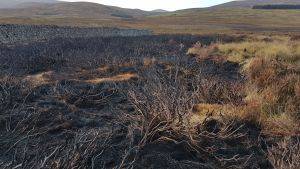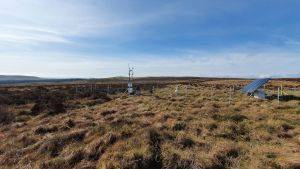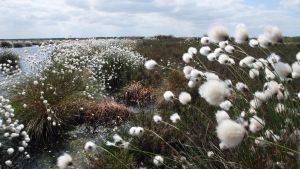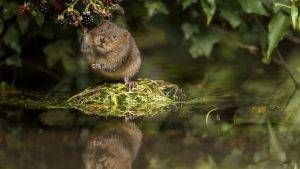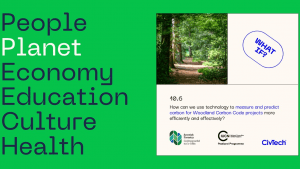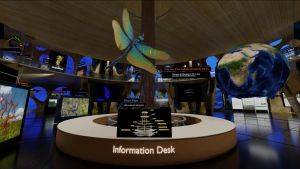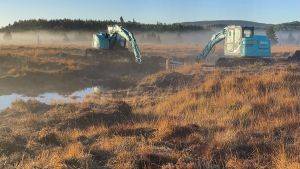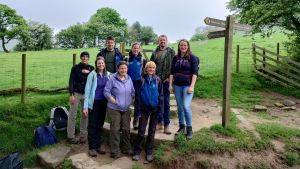The public are being asked to be on the lookout for ‘scales and warts’ when they are next out in the Peak District National Park.
Moors for the Future Partnership’s Community Science project is collecting sightings of adders, lizards (‘scales’) and toads (‘warts’) – to help find out more about native reptiles and amphibians.
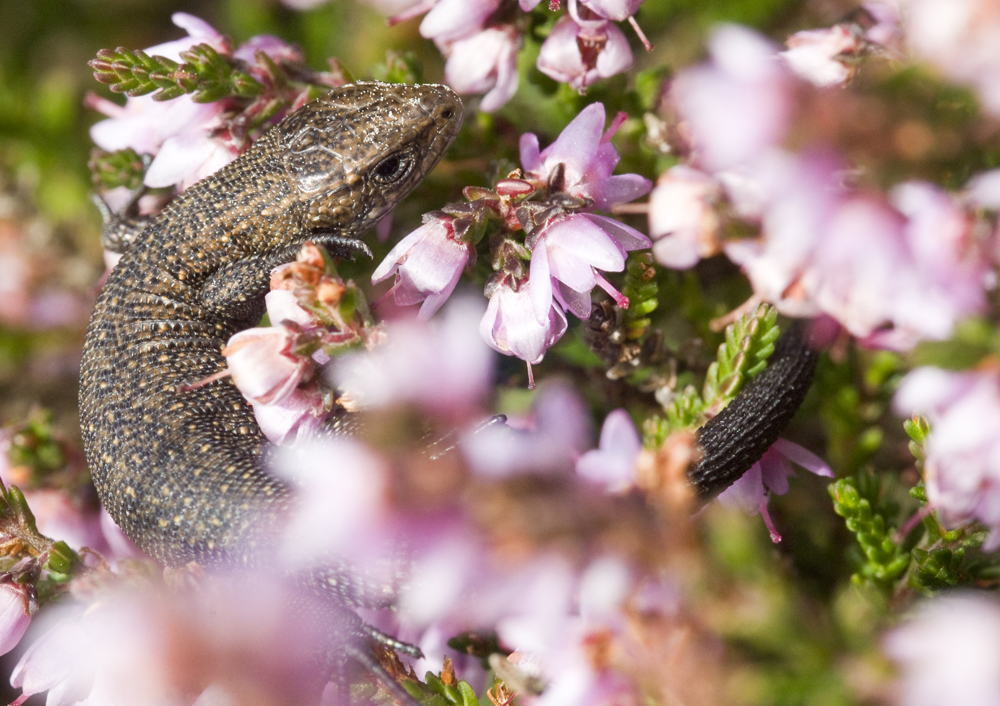 Unfortunately all of these species are thought to be in decline, and amphibians are one of the most endangered groups of animals in the world. Information collected could help in conservation efforts to reverse their fortunes.
Unfortunately all of these species are thought to be in decline, and amphibians are one of the most endangered groups of animals in the world. Information collected could help in conservation efforts to reverse their fortunes.
The Heritage Lottery Funded scheme has been designed to detect changes in the distribution and activity of these animals, helping to increase understanding of how moorland habitats are being affected by climate change.
The Partnership would like sightings of these species to be sent in through their website, via freepost postcards distributed across the region, or through the ‘MoorWILD’ app - one of four free Android and iOS apps produced by the Partnership.
Project manager Sarah Proctor said:
“Each and every sighting is really important. When added together over many years they can help us to work out whether the habitats these animals use are changing, and whether they are hibernating and emerging at different times in response to climate change.
“We are working closely with the Sheffield Moors Partnership and Derbyshire Amphibian and Reptile Group and to ensure that people are aware that the species are very sensitive to disturbance from human activity, and should not be approached too closely or handled.”
Chris McGregor, a Lead Conservation Adviser from project partner Natural England, added:
“Native amphibian and reptiles populations are in decline in the UK so it is vital we have a good understanding of where remaining populations are. Gaining public sightings through Community Science is a great way of increasing our knowledge of the distribution of these fascinating creatures.”
For more information and to send in sightings please visit:
www.moorsforthefuture.org.uk/community-science/scales-and-warts
Since 2003 the Moors for the Future Partnership has been working to protect the most degraded moorland landscape in Europe, and raise awareness of how vital it is to conserve the internationally important Blanket Bog habitat of the South Pennine Moors Special Area of Conservation.

